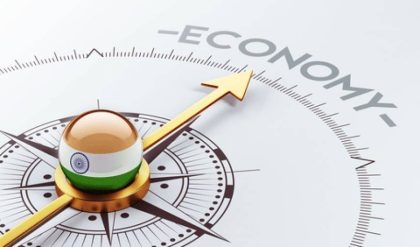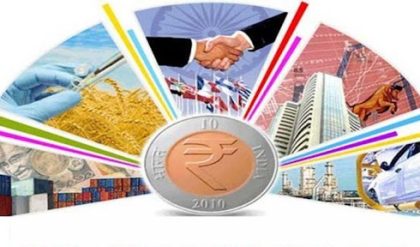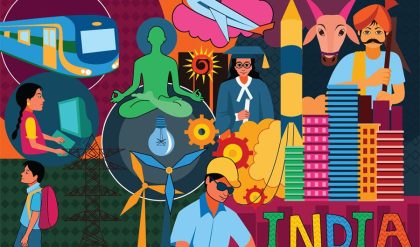· Hauser and Duncan defined Demography as the study of the size, territorial distribution, and composition of population, changes therein, and the components of such changes.

Population Status B/W 1881 and 1941
· The first synchronous Census in India was conducted in 1881.
· Thereafter, censuses are being conducted at ten-year intervals.
· India’s growth in population remained very low till 1921. Until 1921, India was it’s first stage of demographic transition.
· The literacy rate was terribly low at 16 percent out of which female literacy accounted to 7 percent.
· The lack of public health system was a major drawback. There were outbreaks of water-borne and other fatal diseases. These diseases caused more illnesses and deaths. This led to an increase in the mortality rates.
· Infant mortality rate was 218 per thousand (at present, it is about 63 per thousand).
· The average life expectancy was only about 44 years.
· Agricultural Sector had the largest workforce i.e. about 70—75 percent. This sector was followed by the Service Sector at 15—20 percent, and the Manufacturing Sector at about 10 percent.
Phase of Population Growth
· India’s population growth can be classified into four distinct phases −
o Phase I, the period between 1901 and 1921: During this period, India experienced a fluctuating but more or less a stagnant growth in population. This period marked a high in both the birth and death rates.
o Phase II, the period between 1921 and 1951: This period witnessed a steady declining trend in population growth.
o Phase III, the period between 1951 and 1981: It was a rapid high growth period of population explosion in India.
o Phase IV, from 1981 to till date: India continues to grow in size. But, its pace of net addition is on the decrease.

· As per census 2011, 68.8 percent of the total population reside in villages and 31.2 percent reside in the urban areas.





